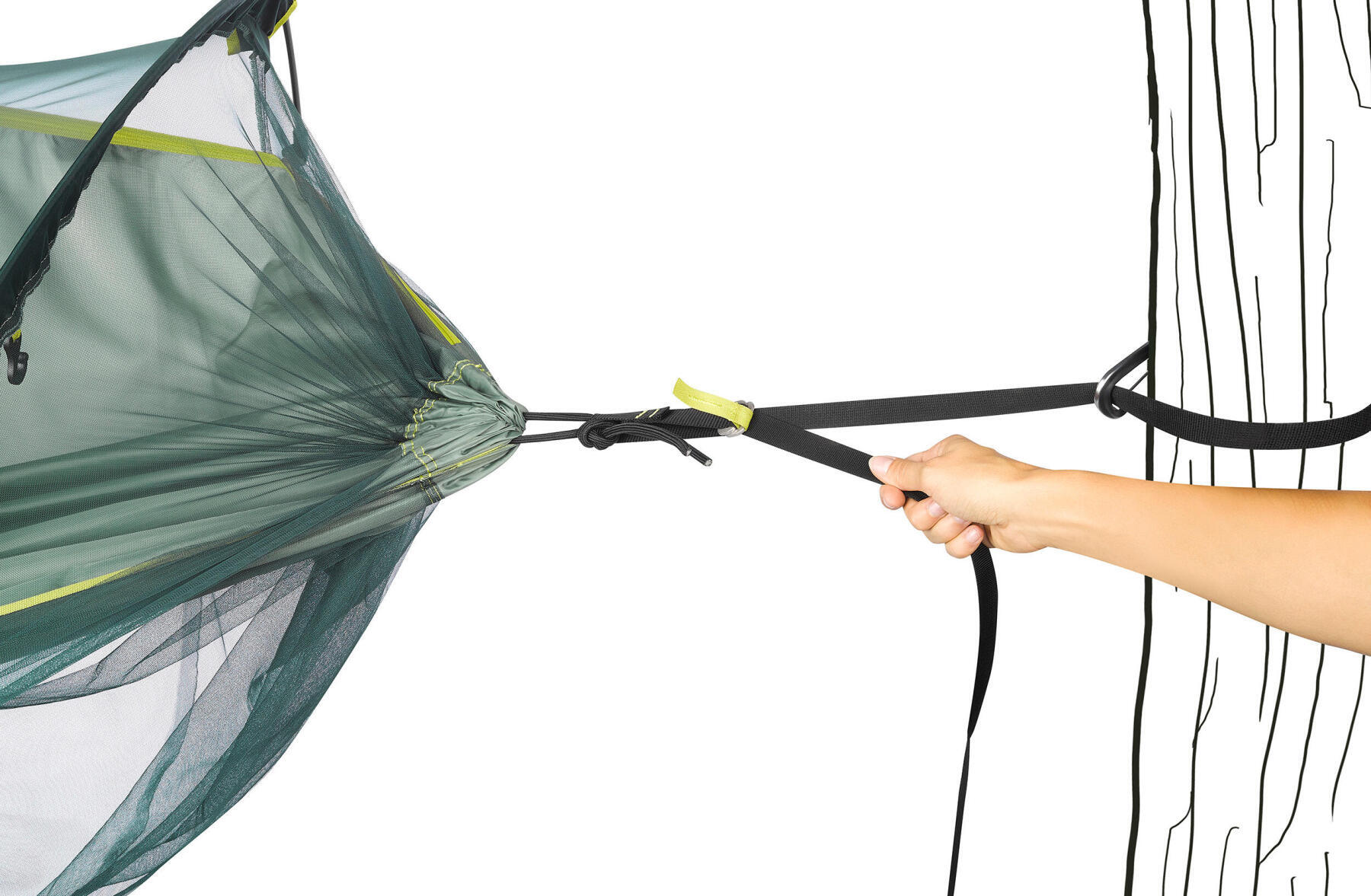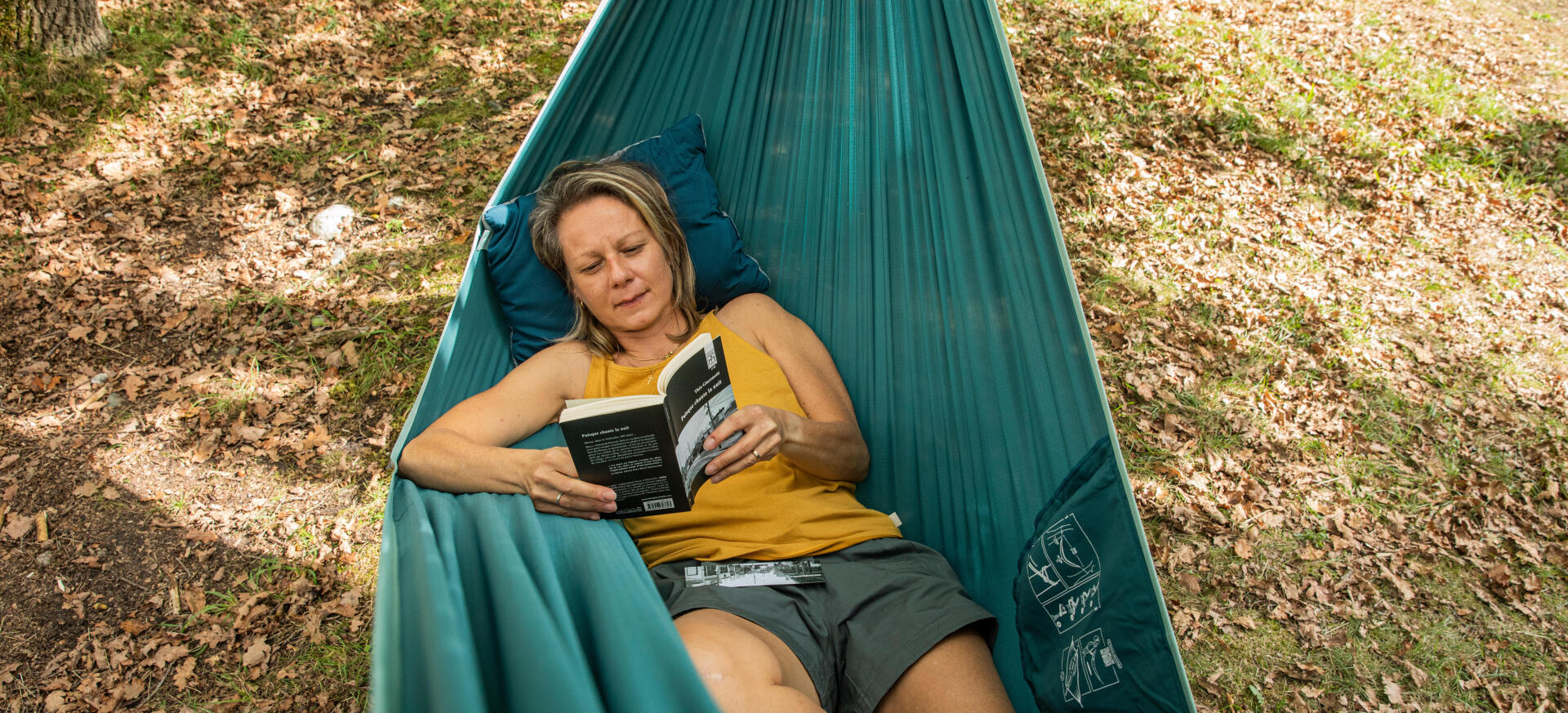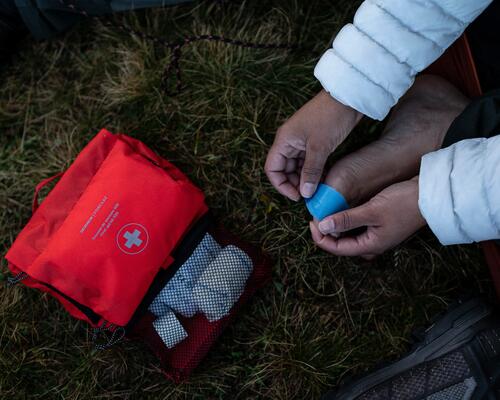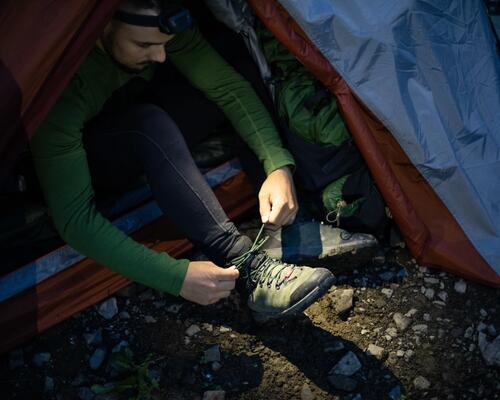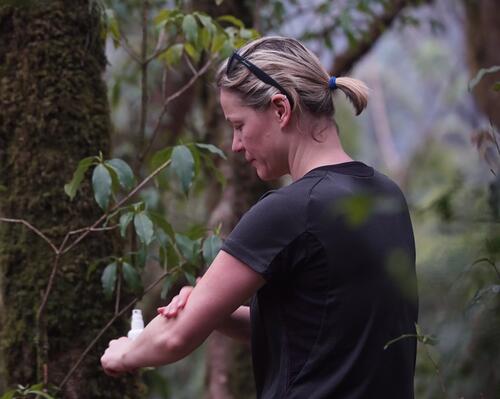Where do you set up your hammock?
In your garden, on your terrace or in the forest, the ideal place to set up your hammock must correspond to your needs and the use you want to make of it. To set it up on a terrace, you can use the specifically dedicated supports. If you want to fall asleep in the forest, you will have to use 2 trees to set up your hammock.
Find out about the regulations concerning bivouac areas before settling up: natural parks, protected areas etc...
Spaced about 2 to 5 metres apart, depending on the maximum distance necessary to set up the hammock.This information is indicated in the product's instructions. Avoid small shrubs that may bend and break under your weight, take the time to inspect the ground under your hammock (remove stones or dangerous elements if you slip from the hammock) and also make sure that the treetops above you are in good condition: sleeping in a hammock in the shade is always pleasant, but having a dead branch on your face while taking a nap is not particularly pleasant.

